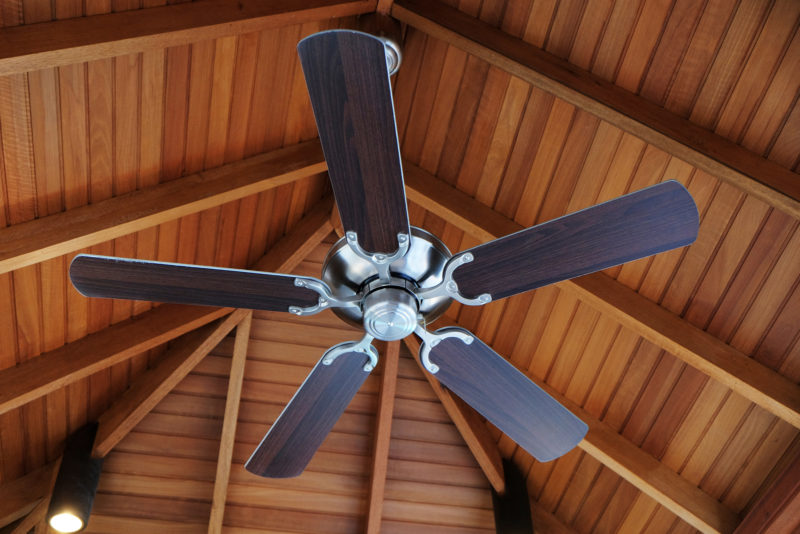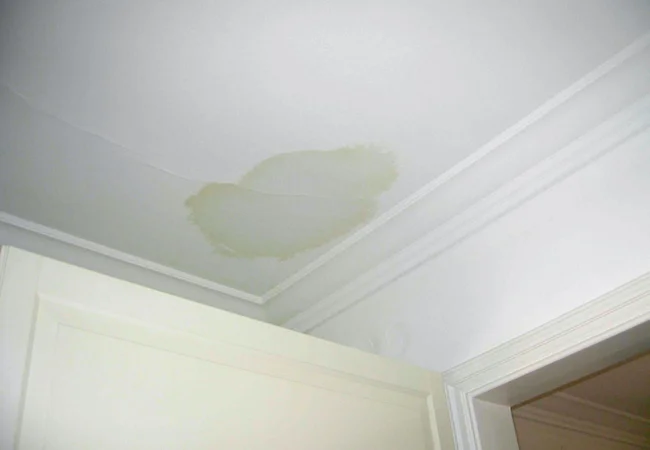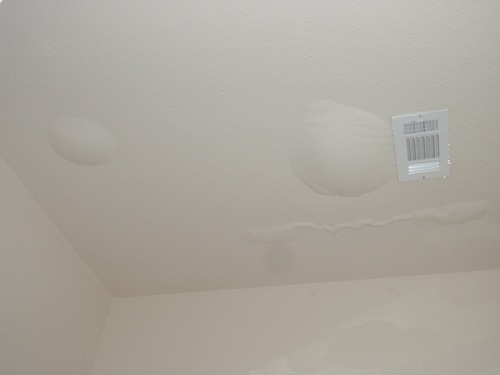Are you noticing water droplets mysteriously dripping from your ceiling fan? Don’t panic just yet. Understanding why water is coming from your ceiling fan and how to address it is crucial for maintaining your home’s safety and integrity. In this comprehensive guide, we’ll explore the possible causes of water coming from a ceiling fan and provide practical troubleshooting tips to help you resolve the issue.

Introduction
Water leaks can be a cause for concern in any home, but when they originate from a ceiling fan, it can be particularly perplexing. From minor condensation issues to more serious structural issues, there are several reasons why water may be coming from your ceiling fan. By identifying the root cause of the problem, you can take appropriate action to prevent further damage and ensure the safety of your home.
Understanding the Causes
Before diving into solutions, it’s essential to understand why water may be coming from your ceiling fan. One common cause is condensation buildup, especially in humid environments or rooms with poor ventilation. Additionally, roof leaks, plumbing issues, and improper installation of the fan or roof flashing can also contribute to water infiltration.
Inspecting for Condensation
Condensation is a natural occurrence that happens when warm, moist air comes into contact with cooler surfaces. In the case of ceiling fans, condensation can form on the blades and drip down, mimicking a leak. To determine if condensation is the culprit, carefully inspect the fan for any signs of moisture buildup, especially during periods of high humidity.
Checking for Roof Leaks
If condensation isn’t the issue, the next step is to inspect the area surrounding the ceiling fan for signs of a roof leak. Look for water stains or discoloration on the ceiling, as well as any signs of water damage or mold growth. Additionally, examine the attic space directly above the fan for any visible signs of water infiltration from the roof.
Addressing Plumbing Issues
In some cases, water coming from a ceiling fan may be due to plumbing issues rather than a roof leak. Check the plumbing fixtures and pipes located above the fan for any signs of leaks or water damage. It’s also a good idea to have a professional plumber inspect your home’s plumbing system to rule out any underlying issues.
Ensuring Proper Installation
Improper installation of the ceiling fan or roof flashing can also lead to water infiltration. Make sure that the fan is securely mounted to the ceiling and that all electrical connections are properly sealed. Additionally, check the roof flashing around the fan for any signs of damage or deterioration and repair or replace it as needed.
Preventing Future Issues
Once you’ve addressed the immediate cause of the water leak, take steps to prevent future issues from occurring. This may include improving ventilation in the room, sealing any gaps or cracks in the ceiling or roof, and performing regular maintenance on the ceiling fan to prevent condensation buildup.
Conclusion
In conclusion, water coming from a ceiling fan can be a cause for concern, but it’s essential not to panic. By understanding the potential causes of the issue and taking appropriate action, you can resolve the problem and prevent further damage to your home. Whether it’s condensation buildup, a roof leak, or plumbing issues, addressing the root cause of the water leak is crucial for maintaining the safety and integrity of your home.
Read too: Striped Schoolhouse Ceiling Light Fixtures: Unveiling the Timeless Charm

